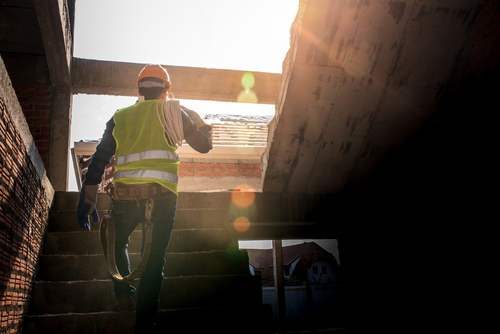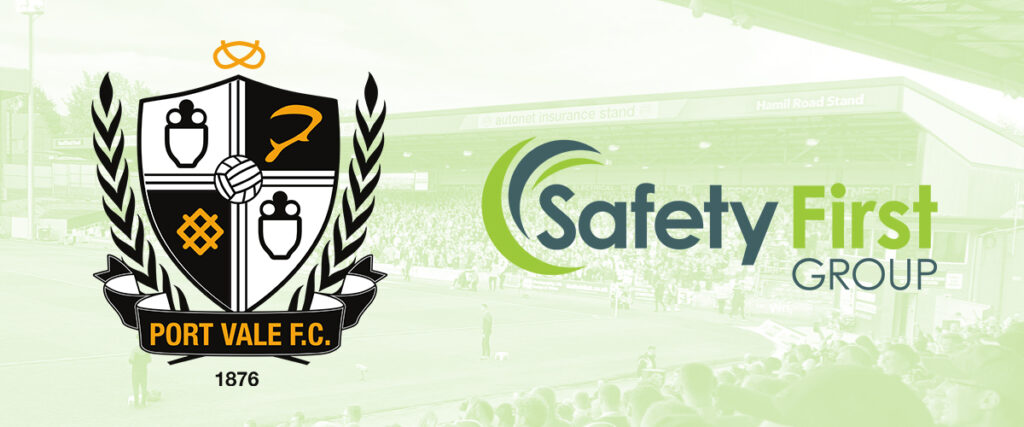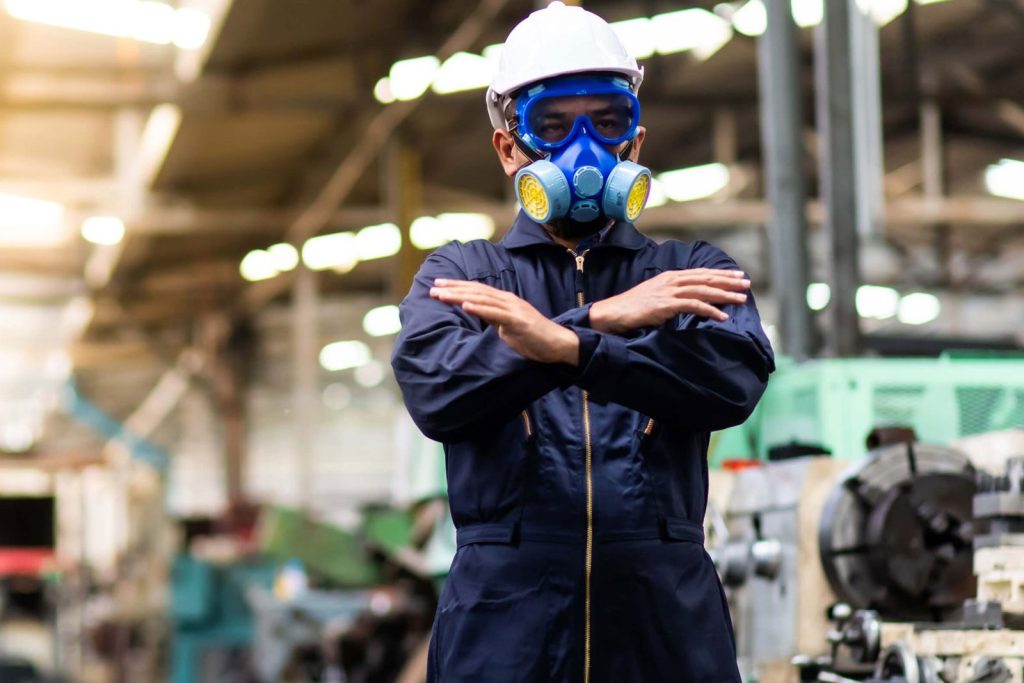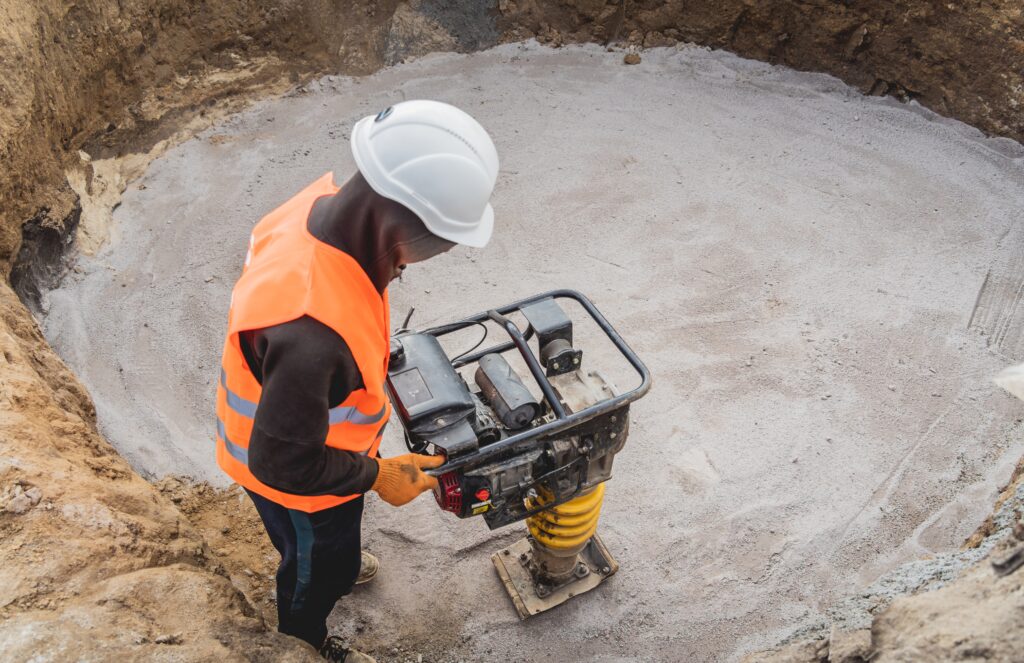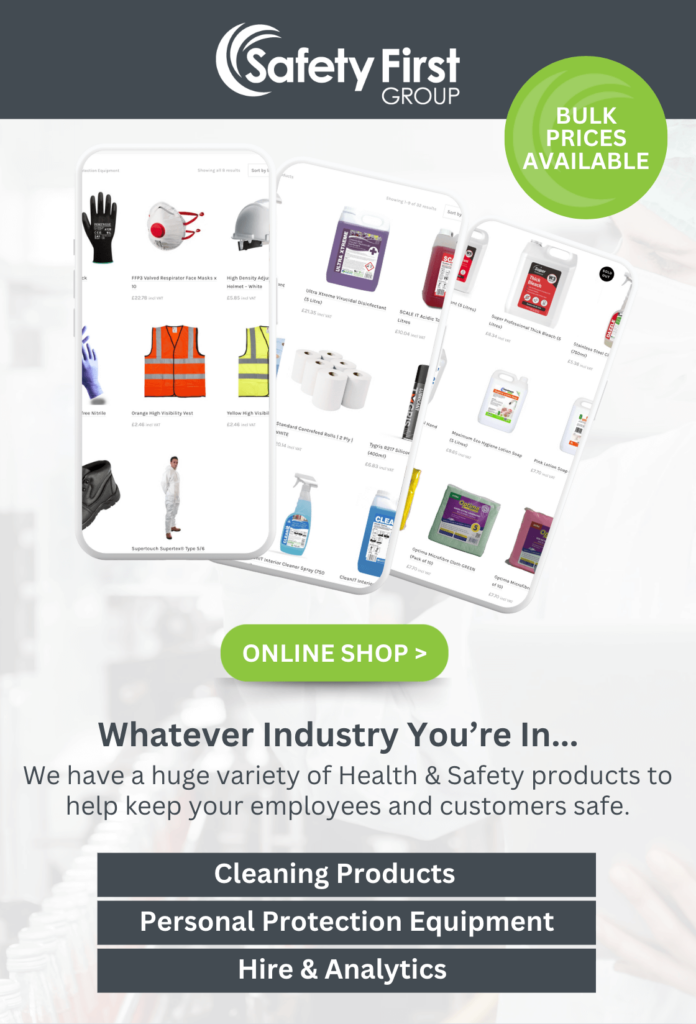A construction firm in Cheshire has been fined £20,000 by the HSE for poor health and safety management. The firm, who was working in Alderley Edge when the breaches happened, was found guilty of improper health and safety. This included employees being at risk of harm of:
- Exposure to harmful substances
- Falls from height
- Inadequate welfare facilities
What’s more, after further investigation the firm was found to have been the subject of previous HSE enforcement action. Largely, this was due to ‘unsafe work at height’ at both the firm’s construction sites and joinery workshop.
Because the firm didn’t act in protecting their employees, they ended up in hot water with the HSE! This would not have been the case if the correct control measures were in place. However, since then the HSE has served the owner with three prohibition notices and five improvement notices. Meaning that the company needed to take ’remedial action’ to ensure compliance with the law.
Health and Safety Management for construction sites
Construction site safety should start and end with the correct workplace safety which should be regularly managed by health and safety officers or site managers. However, some companies might not need safety officers. In these cases it is important that the whole team becomes aware of how health and safety should be practised.
Firstly, the chance of accidents happening at work can be reduced by:
- Prioritising training
- Performing regular risk assessments
- Knowing the dangers
- Make sure the correct signage is in place to warn of any dangers
- Ensure compliance with the HSE for all potential hazards
- Provide the correct equipment, PPE and where needed
- Implement health surveillance for employees
Secondly, once the risks have been identified, finding ways to prevent injury or ill health is essential. This could mean reducing the chance of inhaling toxic substances, or displaying the correct signage on site. All of which are examples of good health and safety. But whatever the risk, HSE regulations encourage us to prioritise employee health and protect the organisation from potential fines and court orders.
HSE compliance
There are many ways that regulation compliance might pop up on construction sites. However, it really can depend on what type of work is being carried out.
For example, woodworking can produce dust that is toxic when inhaled. Furthermore inhalation of toxic substances has been linked to occupational lung disease. So, as well as standard construction site health and safety; exposure monitoring or COSHH compliance could come into play.
Exposure monitoring can be a useful in protecting workers from inhaling toxic substances such as:
- Dust
- Gases
- Other airborne contaminants.
Therefore, understanding how exposure monitoring forms part of construction site safety is critical in helping to reduce any associated health complaints.
Equally, being aware of the reasons that regulations exist is critical. Which is simply because without regulations, there may be a higher chance of workers getting hurt or killed by unsafe work on construction sites. Accidents and injuries caused by working at height are amongst some of the most common incidents reported to the HSE. Deaths because of a fall from height are also very common on construction sites. Meaning that planning from the get-go is essential for safe working environments.
The Working at height regulations (WAHR) aim to reduce accidents and injury caused by a fall from height. These regulations are a set of controls and measures that must be adhered to, especially on construction sites. Moreover, WAHR have been instrumental in helping to safeguard employees working on construction sites. Without these, businesses put themselves at risk of hefty fines, and carry on putting skilled workers at high risk.
Got health and safety questions?
Get in touch
Our phone number is 0844 004 2133 for any enquiries relating to health and safety management. Alternatively enquiries@safetyfirstgroup.co.uk will get you straight to the right people to speak to, and can sometimes even speed up the process. The more information about your upcoming projects, the more we will be able to help! Alternatively, you can visit our contact page here for other ways to get in touch.

